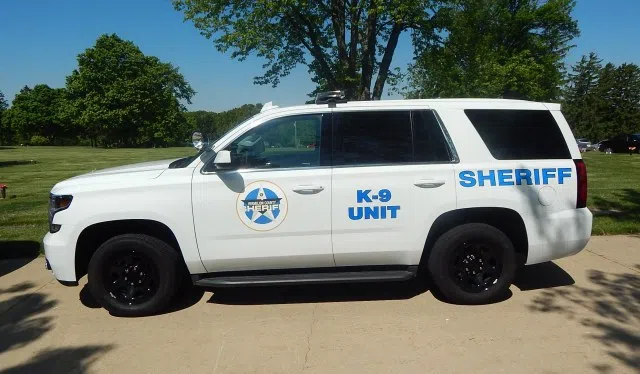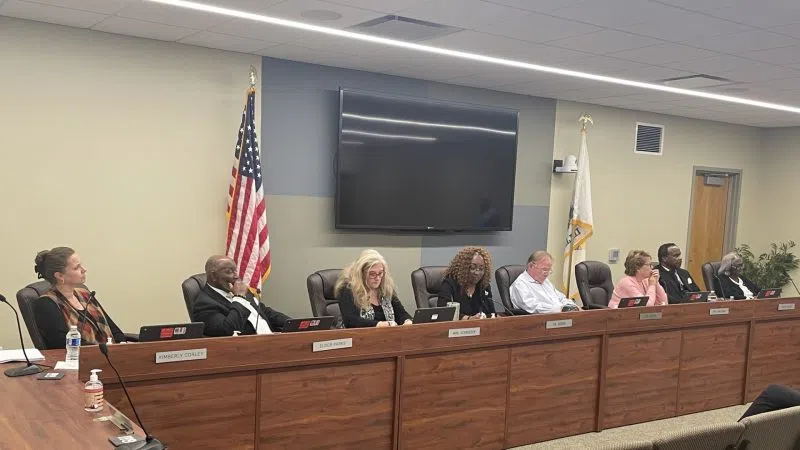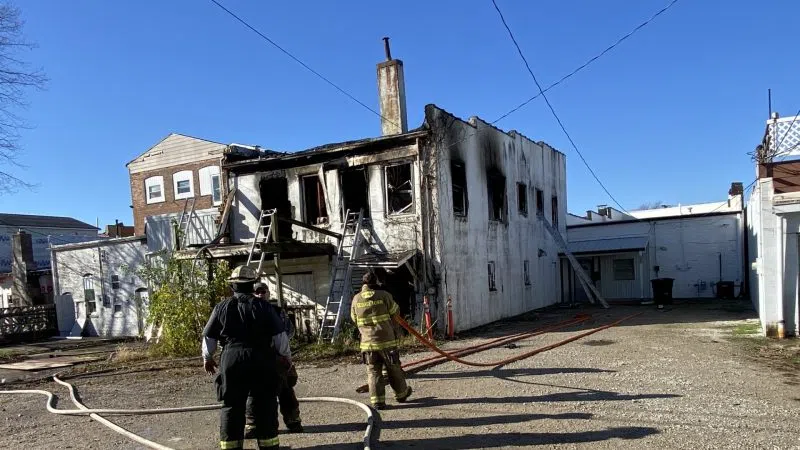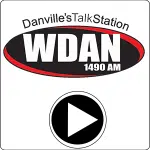A left ventricular assist device allows blood to bypass the weak part of the heart. It can be temporary or permanent depending on the patient.
“You may have six months to live.”
The words hit Rick Kurth like a ton of bricks.
Since 2004, the attorney from Danville, Illinois, had been managing a virus in the left ventricle of his heart. On March 23, 2022, Rick was at an Indianapolis, Indiana, hospital, and he thought he was going home after some tests.
Instead, doctors told the then-72 year-old that his heart was not pumping blood the way it needed to. In other words, it was failing. Even worse, Rick says the providers told him he was not a candidate for a new heart.
So, after some initial skepticism and talks with his wife Dianne, Rick accepted a new partner in his life – one with wires and batteries that would be with him every second of every day: a left ventricular assist device (LVAD).
“A lot times I forget I even have it on,” Rick chuckles, reflecting on getting used to the life-saving device. “It is absolutely no problem.”
What is an LVAD?
Scott Cook, MD, is a cardiothoracic surgeon at OSF HealthCare in Urbana, Illinois, who has performed LVAD procedures in the past.
“What we do is take the blood out of their left ventricle and put it back into their aorta,” Dr. Cook says. “We bypass the weak [part of the] heart.”
Some LVAD patients are expected to get a heart transplant, so the device is temporary. Others, like Rick, are not transplant candidates, so the equipment would be permanent.
LVADs come with limitations, most notably around water. Swimming is likely out of the question. Returning to showering is a conversation with your care team. In Rick’s case, he took sponge baths for a time.
Getting behind the wheel again is also a process.
“Initially, for several months after the device is put in, [providers] don’t want people driving until they’ve recovered and are doing better,” Dr. Cook says.
“Most of these people lost their driving privileges before the operation,” due to their weakened state, Dr. Cook adds. “It’s a question of getting them back.”
Dr. Cook says the top concerns after an LVAD procedure are blood clots in the device and infection at the incision site. For the former, patients usually go on a blood thinner medication. For the latter, the patient has to be vigilant about changing bandages and keeping the site clean, which is usually a daily task.
For Rick, that’s where Dianne comes in.
“Talk about modern medicine. It seemed like something out of Star Wars,” Dianne quipped when asked to describe the LVAD.
While Rick is able to live a mostly normal life, Dianne helps with the LVAD bandages and tracking her husband’s medicine, and the two go over worst case scenarios. If the power goes out, the LVAD batteries need to be charged. If the pair takes a vacation, the question becomes: where is the nearest hospital with staff trained to handle LVAD issues?
“It’s imperative,” for LVAD patients to have a good caregiver, Dianne says.
In July 2022, Rick enrolled in cardiac rehabilitation at OSF HealthCare Sacred Heart Medical Center in Danville. Cardiac rehab is a typical, but necessary part of recovering from a serious heart event. Participants exercise under the watchful eye of health care professionals and rebuild their strength.
“When I first came, I could probably only walk 30 or 40 feet without having to stop and catch my breath. So when I parked in the parking lot, I’d have to stop maybe two times to catch my breath,” Rick recalls.
“Since I’ve been here, that’s gone,” Rick says.
“He kept a positive attitude and was willing to push himself. He says ‘What more can I do now?’,” says Brittney Cromwell, an exercise physiologist at OSF Sacred Heart who helps run cardiac rehab. “When you have that [attitude], you’re able to push past a lot of obstacles.”
“Each time he came home, it was better and better,” Dianne says.
Rick recently graduated from cardiac rehab to community fitness, where patients can come to the hospital gym as they please. He and some other patients have pledged to each other to do just that.
Learn more
LVAD procedures are not performed at every OSF HealthCare hospital, but are available at OSF HealthCare Saint Francis Medical Center in Peoria, Illinois. The LVAD offering there is part of a robust heart failure program that also includes heart transplant services.
If you think you’re a candidate for an LVAD, contact your primary care provider or cardiologist. The OSF HealthCare website also has information on heart care.











